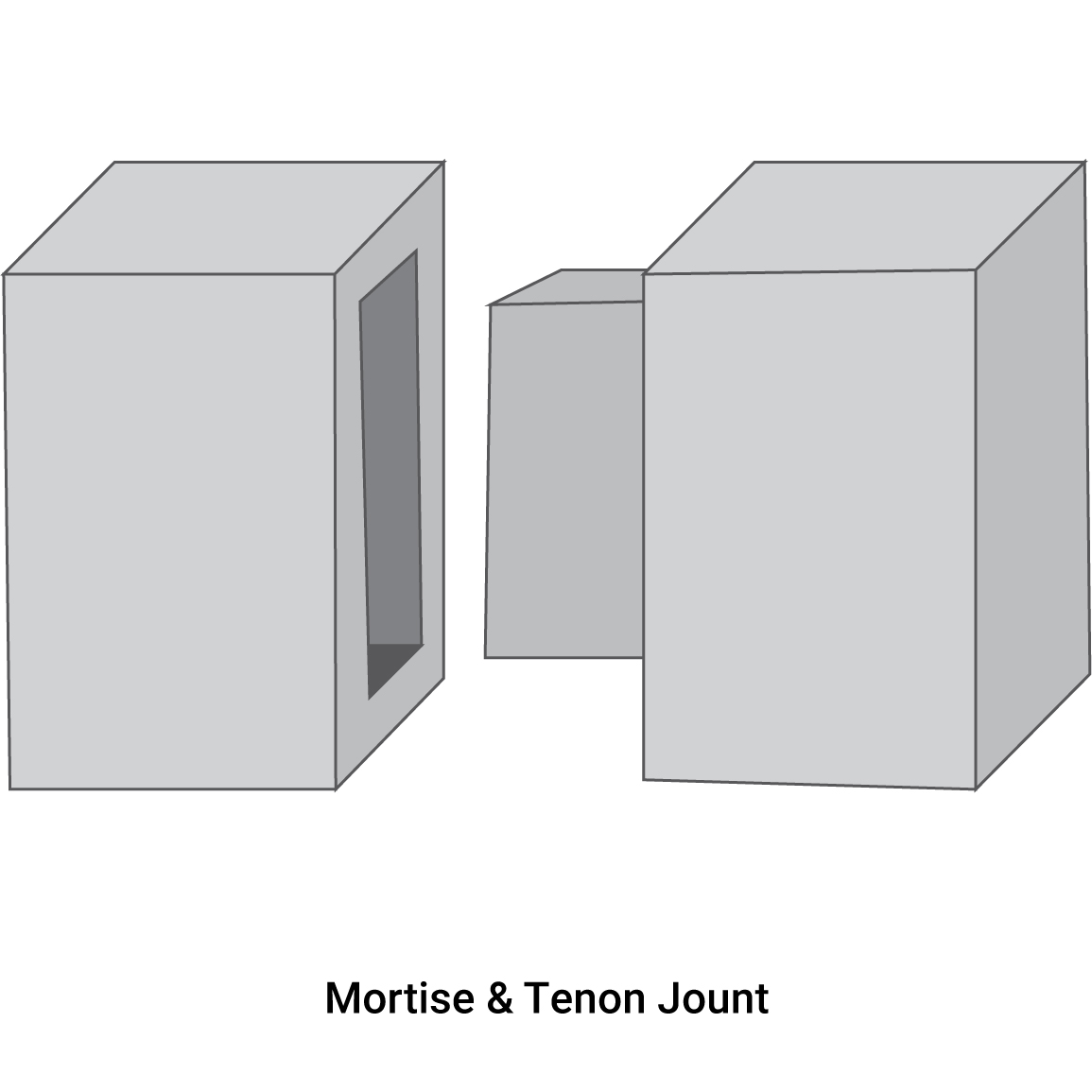Buying Guide: Everything You Need to Know About Drawer Types
Published: April 19, 2018 | Updated: September 14, 2024
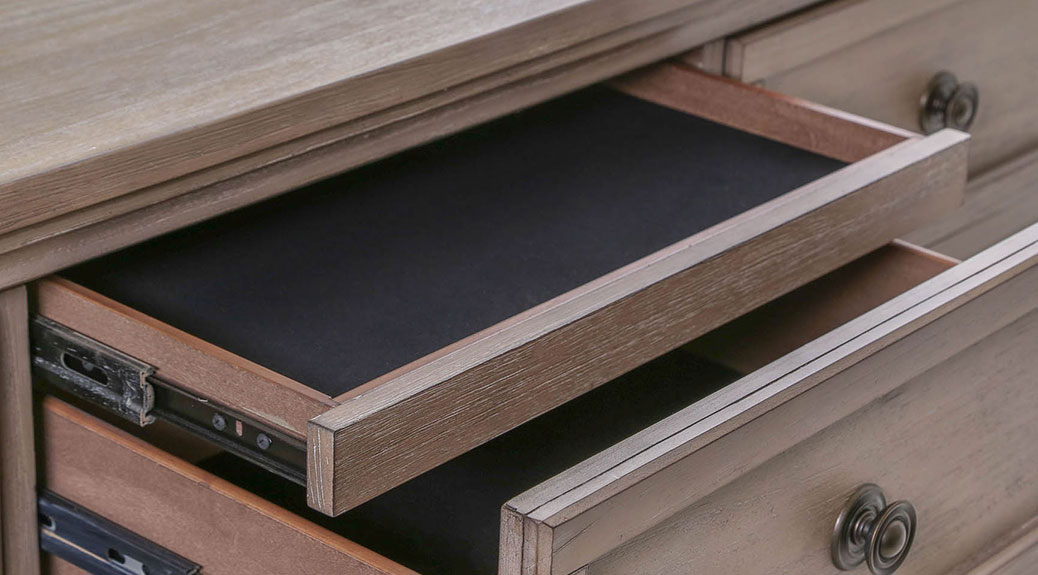
When organizing your home, quality storage solutions are essential. From filing paperwork in your home office to keeping your bedroom tidy, drawers are a key part of daily life. But how much do you know about the different drawer types, their quality, or what to look for when purchasing storage furniture?
Whether you're furnishing on a budget or investing in high-end pieces, understanding drawer construction can help ensure your furniture lasts. Here's a breakdown of key drawer features like joint types and slides to help you make informed choices.
Joint Construction
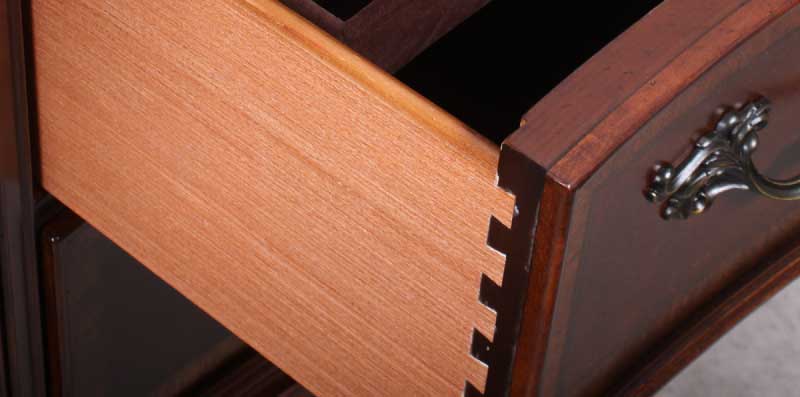
The way a drawer is constructed plays a big role in its durability and longevity. Common joint types include butt joints, dovetails, mortise and tenon, and corner blocks.
Butt Joints
Butt joints are often found in budget-friendly furniture. This simple construction technique connects two pieces of wood with glue, nails, or screws. While less durable than more complex joints, butt joints are great for pieces in low-traffic areas, such as a guest room nightstand or dresser. They're also ideal for temporary living situations like college dorms or starter apartments.
Dovetail Joints
Dovetail joints are a hallmark of craftsmanship and strength. The interlocking wood pieces create a resilient connection that is tough to pull apart. There are two main types of dovetails: English dovetail (both through and half-blind) and French dovetail.
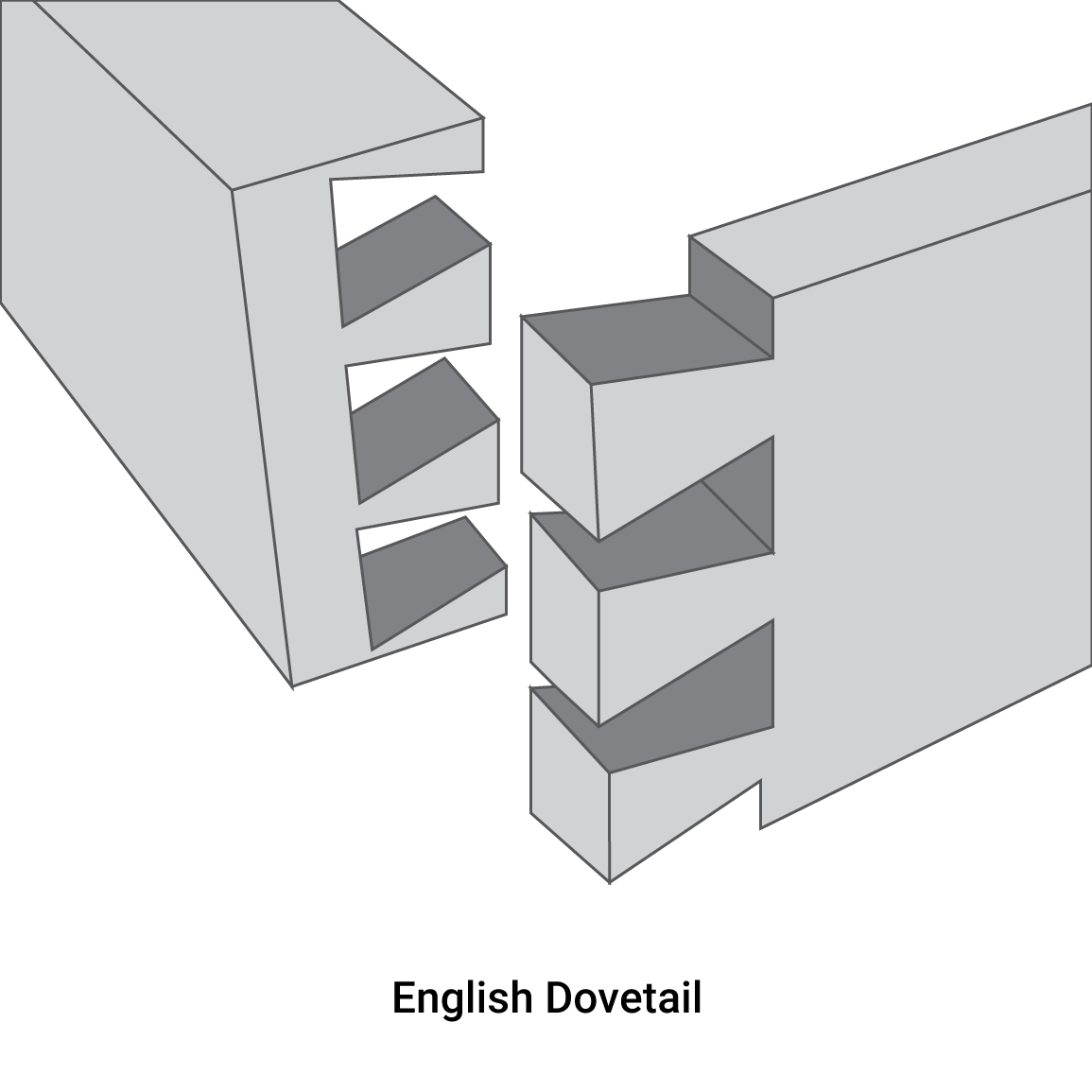
English Dovetail
Found in many heirloom-quality pieces, these joints look like interlocking fingers and are visible from all sides if they're through dovetails. Half-blind dovetails hide the joint from the front of the drawer for a cleaner look.
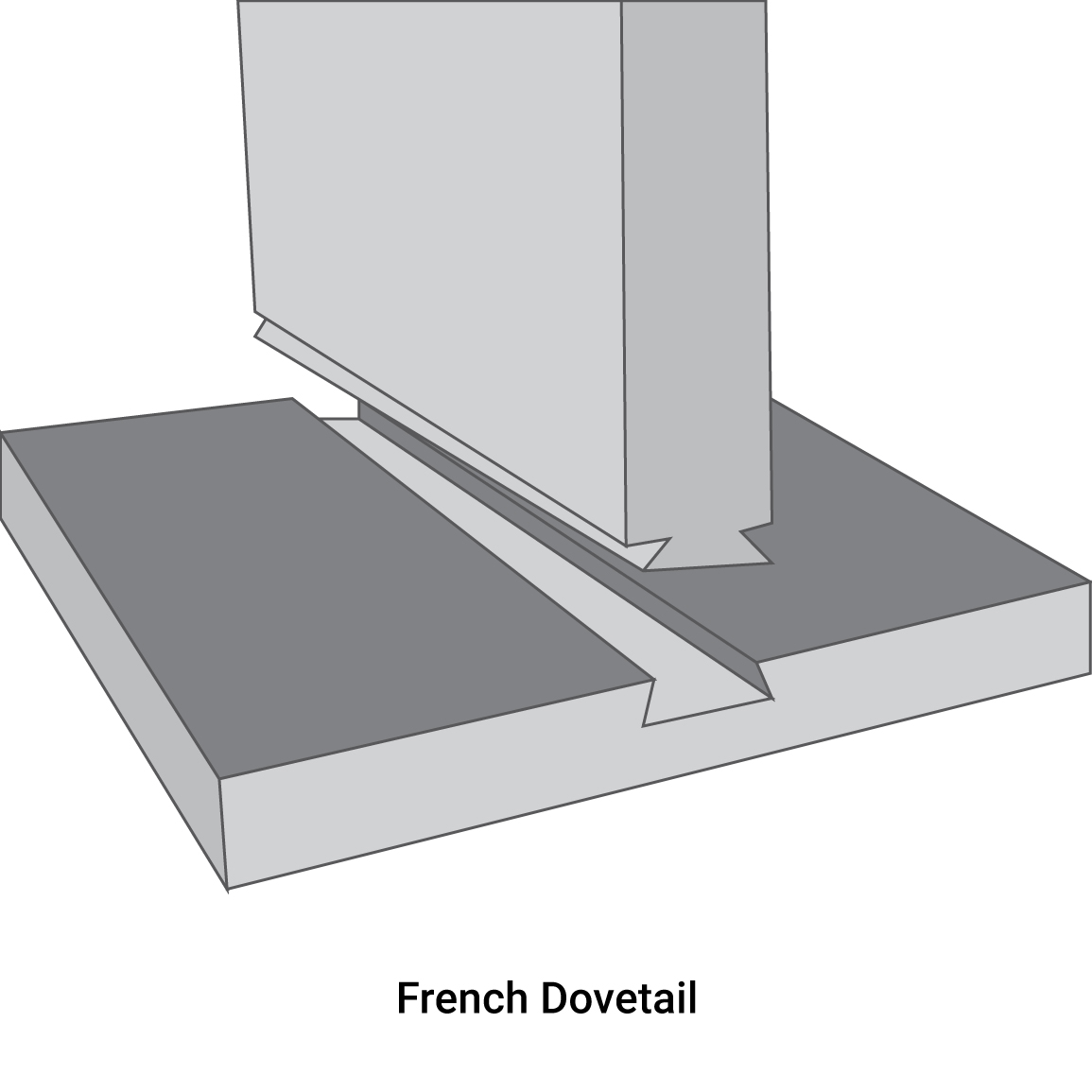
French Dovetail
Known as the sliding dovetail, this joint uses a key-and-slot design. While it may reduce drawer size slightly, it's commonly used in furniture with curved fronts.
Mortise and Tenon Joints
This durable joint connects two wood pieces at a 90-degree angle. The tenon fits snugly into the mortise, making for a strong, long-lasting connection that is often hidden from view, adding a seamless look to the drawer.
Corner Blocks
Not a joint but an enhancement, corner blocks are triangular supports added to the bottom corners of drawers. They help prevent sagging, especially in drawers used for heavier items, ensuring the bottom stays intact over time.
Drawer Slides
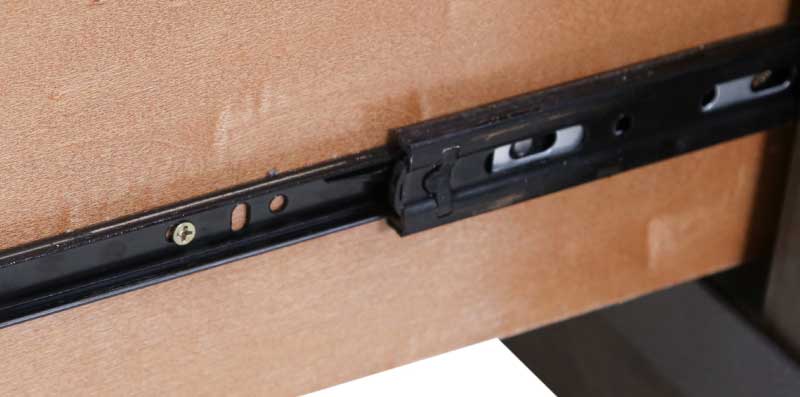
Drawer slides, also called glides, affect how smoothly your drawer operates and how much weight it can handle.
Center-Mounted vs. Side-Mounted Slides
Center-mounted slides, located under the drawer, offer a clean look but may limit depth and support less weight. Side-mounted slides, positioned on each side, are better suited for heavy-duty use and allow for easier access.
Wood on Wood vs. Metal on Metal Slides
Wood slides maintain a traditional look but may stick in humid conditions and typically lack full-extension capability. Metal slides offer smoother operation and are quieter, making them a popular choice in modern furniture.
Ball-Bearing vs. Roller Slides
Ball-bearing slides are the go-to for high-quality, heavy-duty drawers, offering full extension and smooth, quiet operation. Roller slides, while more affordable, typically support less weight and only allow for partial extension.
Additional Drawer Features
When selecting furniture, keep an eye out for these premium drawer features that enhance both function and style:
- Full Extension Drawers for easy access
- Felt-Lined Drawers to protect delicate items
- Stained Interiors for a polished look
- Drop-Front Drawers for convenient media storage
- Soft-Close Drawers for quiet use
- USB and Power Outlets for added functionality
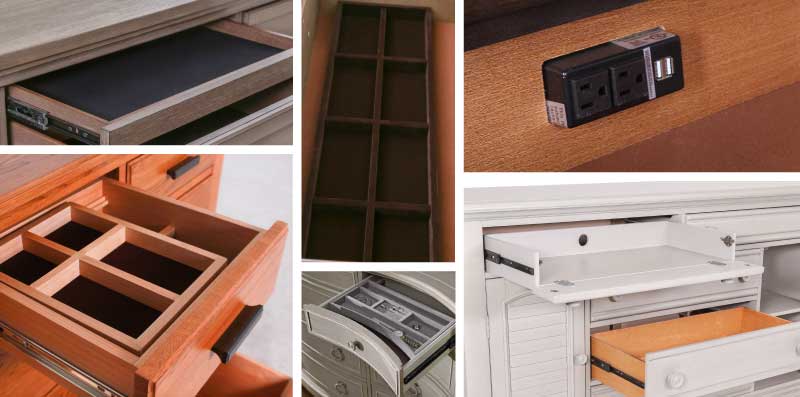
By understanding drawer construction and features, you can make informed decisions and choose furniture that meets your needs while lasting for years to come.
Related Articles

Top 5 Recliner Brands
